By: Paul Wiese
Xin chào!
My name is Paul Wiese and I am a sophomore Math major at St. Olaf. These past few days we’ve been touring and learning all about central Vietnam, so follow along and I’ll tell you about all the fun we’ve been having!
Huế
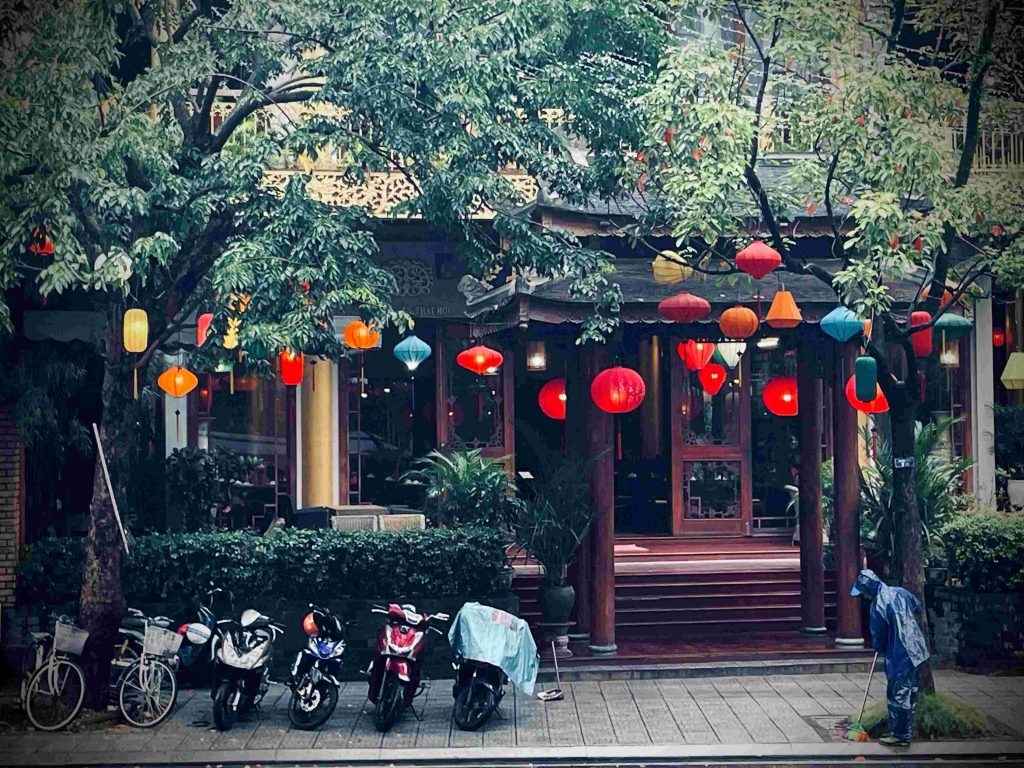
Our journey began in the City of Huế, which seems like a standing history book on the reigning dynasties of Vietnam, a tangible reminder of the complex history of conflicts and compromises that created the Vietnam of today—a history far too long and complicated to be properly discussed in my blog. In short, the Champa Kingdom originally controlled Huế until Vietnam conquered it in 1307; the ownership of Huế was then heavily disputed and fought over until it fell under the leadership of Emperor Gia Long, which united the monarchy of Vietnam and resulted in the reign of the final thirteen emperors of the Nguyen dynasty from 1802 until the end of Vietnamese dynasties in 1945. If you want to learn more about the extensive history of Huế’s many ruling families, click here.
On Friday morning, the group bicycled—yes, bicycled—its way to the Garden House of Princess Ngoc Son, where we were given a tour of the complex before the talented Dr. Phan Thuan Thao gifted us with an impeccable musical performance. The architectural highlight of the area was the temple dedicated to the worship of the late Princess Ngoc Son, which was showered with photographs of the former royal family, golden Chinese lettering, and beautiful musical instruments.
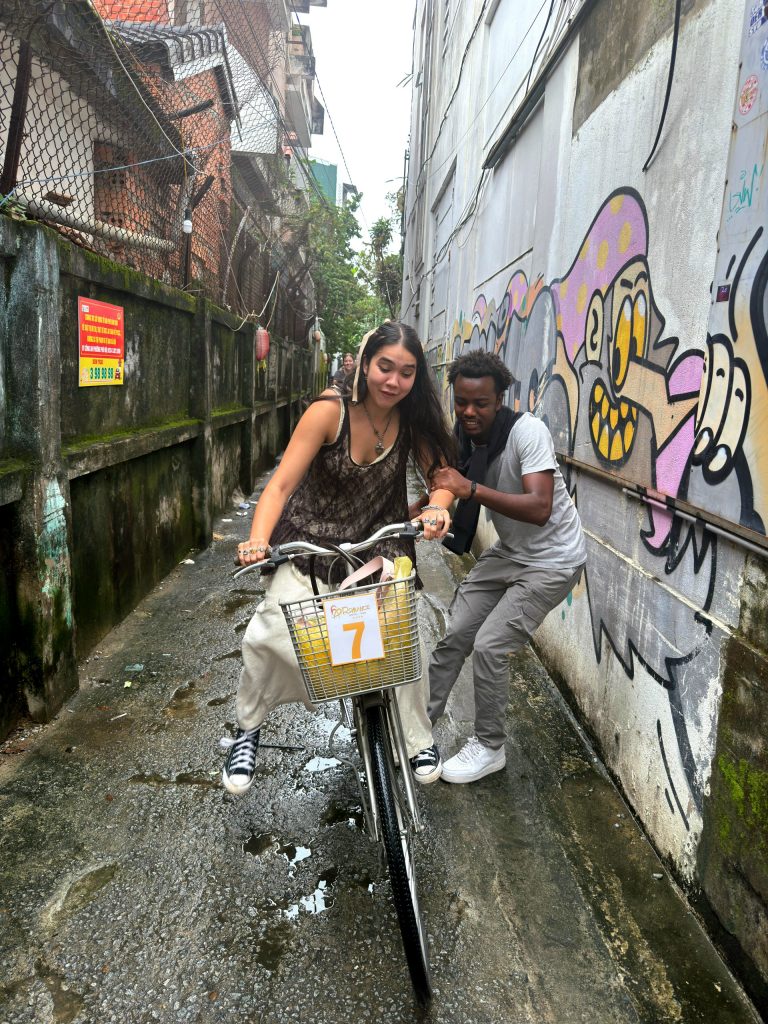
After a brief history lesson on the temple and the Nguyen dynasty, Dr. Phan Thuan Thao left the entire group in awe as she masterfully played the đàn bầu—a traditional Vietnamese mono-chord instrument—and the sixteen-stringed đàn tam thập lục. The instruments were like nothing I had heard before; no matter how much Professor Joel or Dr. Phan tried to explain the musical mechanisms that generate those sounds, I still, to this day, do not understand.
Once again, we were off on our bikes, cycling down the busy roads of Huế, dodging honking motorcycles and cars as we rode to lunch. Afterward, we were given some time to rest before leaving again for the Citadel of Hué: a massive stronghold placed near the center of the city. The Citadel was as magnificent as it was enormous: each building was characterized by an abundance of intricate design both inside and outside. The architecture was explicit in displaying the wealth of the previous dynasties, precise carvings of mythical dragons and gold imbued plaques lined the walls, on the exterior, towering arches and gateways surrounded by lush gardens filled the courtyards. The utter plenitude in the citadel’s design inspired a conjoined feeling of overwhelmingness and admiration, every time I thought I had seen the peak of the fortress’ design we would move on to the next building and I would be struck with a new sense of awe.
Đà Nẵng
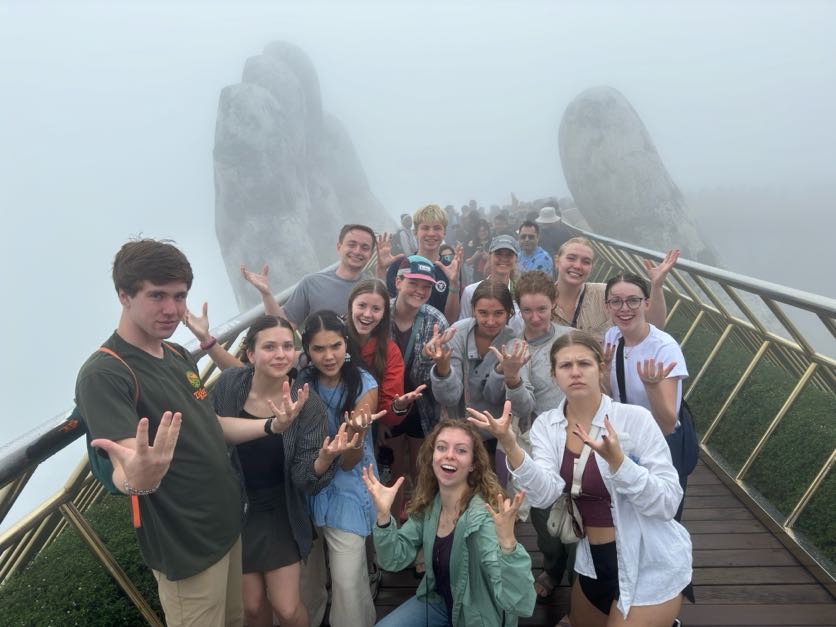
Our last day in Đà Nẵng was the most jam-packed yet. At 9am, we made our way to the Ba Na Hills, a Western European-themed park decorated with displays of lush roses, golden classical sculptures, alpine coasters, and the breathtaking Cầu Vàng, or Golden Bridge. First, however, to reach the attraction, we ascended the mountain in gondola lifts; we watched the forest below us slowly dissolve into thick fog as we scaled the mountain until, eventually, the fog enveloped the entire cabin, and we blindly rose to the peak.
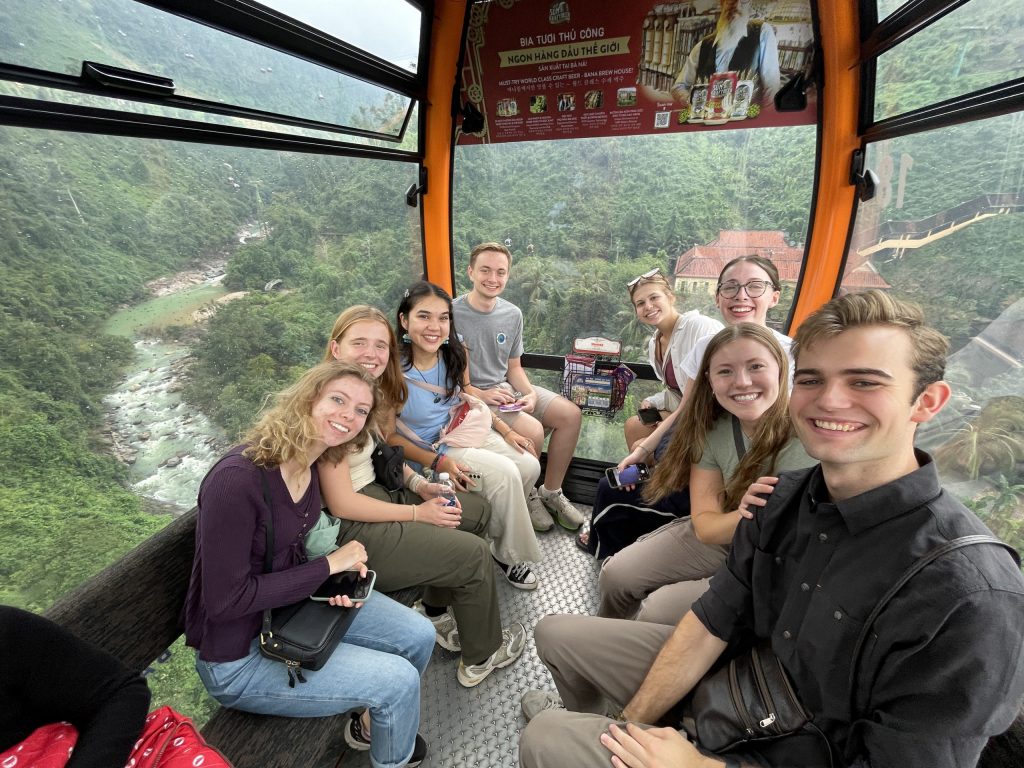
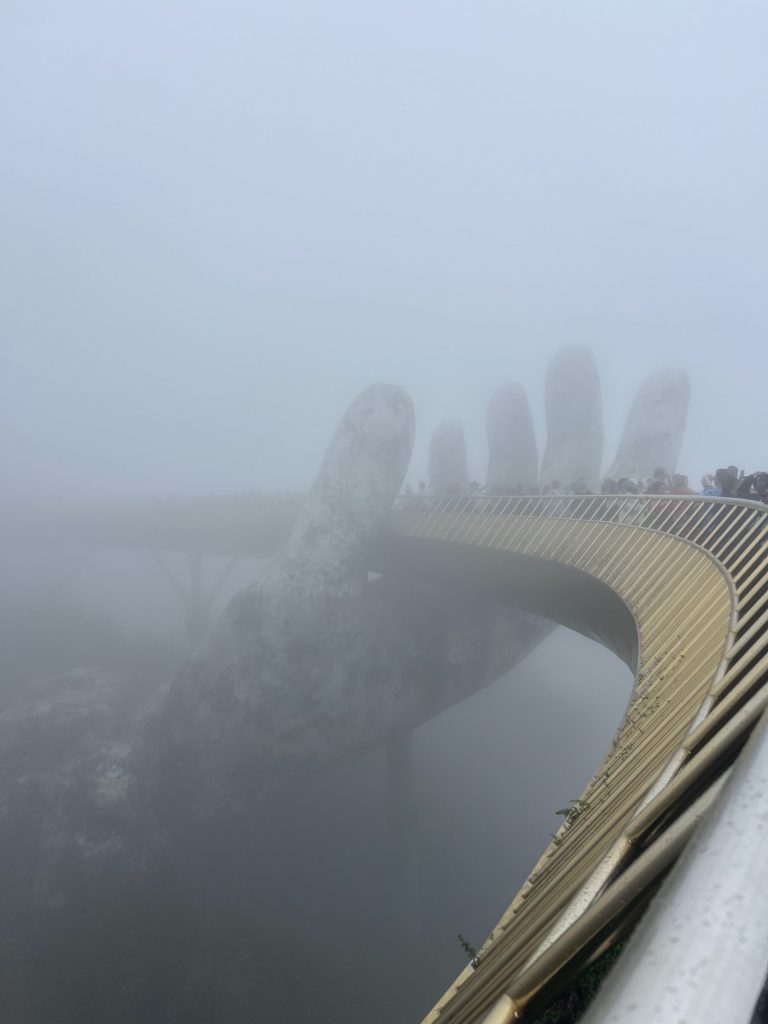
After a 20-minute journey up the mountain, we arrived at the first plateau, home to the flower garden, Linh Ung Pagoda, and the premier attraction, the Cầu Vàng. Despite its best efforts, the blanket of fog could not detract from the Golden Bridges’ awe-inspiring size and marvelous architecture. Passing through the bridges’ cradling hands into a sea of nothingness was nothing short of surreal, and even without the bridge, I found it amusing to watch figures disappear into the grey void, only to reappear, posing for pictures or
searching for their families as I walked near. Although I’m still somewhat disappointed with the view—or lack thereof—I’m still grateful for the opportunity to see and walk across such an impressive exhibition of human construction. The second plateau harbored the Saint-Desis church, Fantasy Park, alpine coasters, and many restaurants. However, I spent most of my time at the Four Seasons Buffet, where I ate sushi rolls, fried rice, dumplings, and lots of cake. Finally, we returned to the base of the mountains around 2:30 p.m.
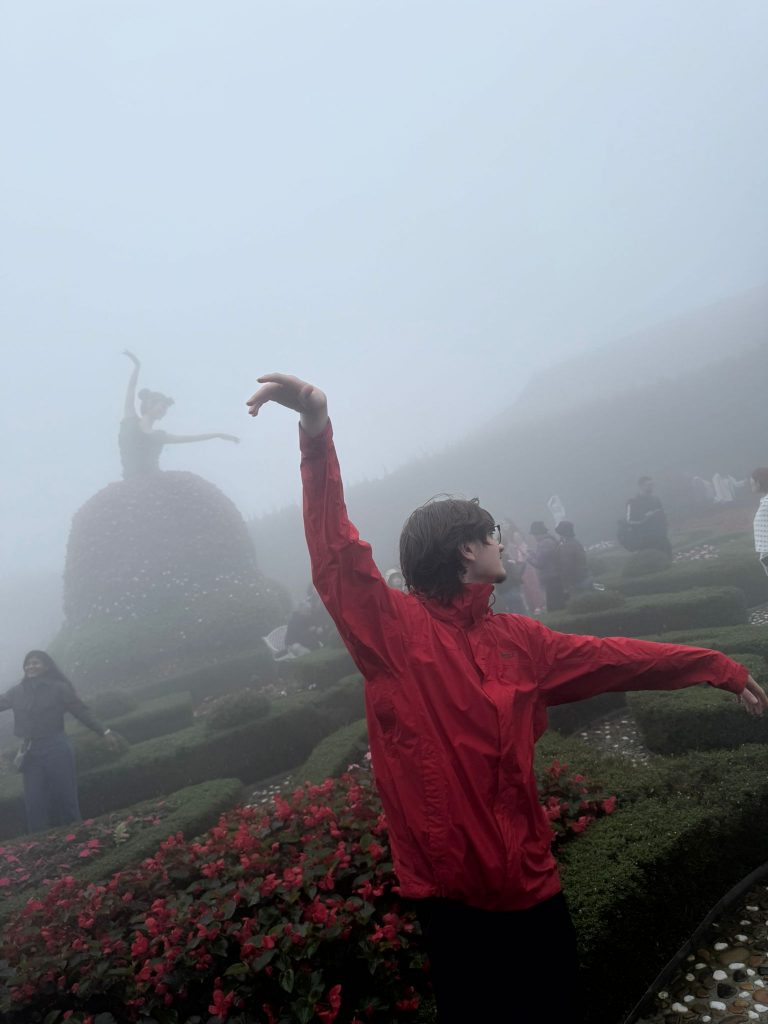
The fun continued when we returned to Đà Nẵng: after some much-needed rest, Galen and I decided to explore the city’s thrifting scene. We visited three different consignment stores across the city, which provided a great opportunity to explore Đà Nẵng’s unique landscape and culture.
As I crossed the Cầu Trần Thị Lý bridge on a Grab scooter going from Nighki2hand—the first shop—to Boostore 2hand—the second shop—I found myself engrossed by the city’s glowing skyline; a chaotic amalgamation of illuminating greens, blues, whites, and oranges served as the perfect backdrop for the slender Dragon Bridge centerpiece.
After a lot of wandering and window shopping, we were left with empty stomachs and a desire to eat whatever street food narrowly walked the line between delicious and sanitary. We discovered a small restaurant with an English-less menu and an incredible view of the bustling street—exactly what we were searching for. Over Google Translate I asked our server what his favorite dish was, “Cheeks and jaw or goose breast.” I decided on the latter. Galen ordered what Google translated simply as “frills,” which turned out to be pork (maybe?) This was one of the best meals I’ve had on the trip: the sweet chili sauce paired with the goose’s rich flavor and melting texture was unbelievable. Nothing is better than sitting on a small red plastic chair, eating incredible food, and enjoying a view of motorbikes cutting their way through the chaotic maze that is the streets of metropolitan Vietnam.
After dinner, we made our way over to the Cầu Rồng, or Dragon Bridge in English, for the awe-inspiring fire and water breathing display at 9pm. A massive crowd assembled on the bridge to see the colossal beast light up in a bright orange hue before repeatedly releasing mighty balls of fire into the air far above the heads of the wonderstruck spectators. The performance ended with the dragon spewing a powerful water beam over the crowd. Dozens of children ran to the center of the bridge to catch the massive shower the dragon had created, which reminded me of running onto the bridge of the notorious Wave Log Flume Ride at the ValleyFair amusement park back home in Minnesota. We ended the night with a warm, relaxing night swim on the bay of Đà Nẵng beach before returning to the Monarque Hotel for some sleep before our next adventure.
Hội An
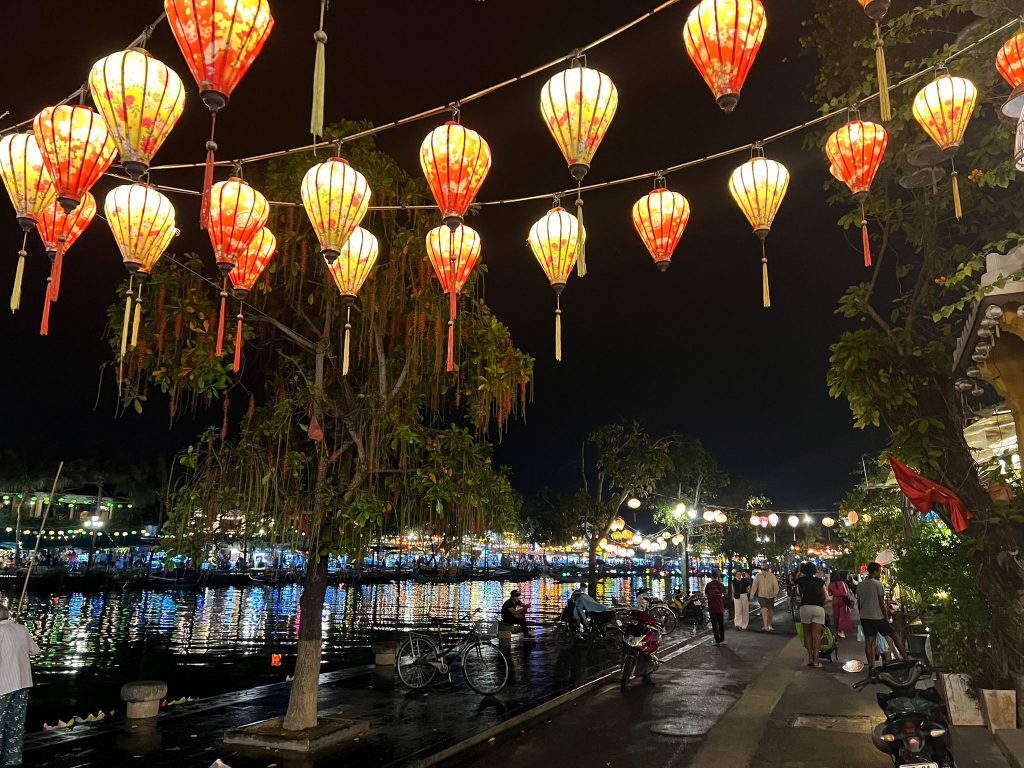
Our time in Hội An, though brief, was packed full of content, so I’ll give a quick lightning round debrief on our first day in the city before delving into our time at Mỹ Sơn: on the way to Hội An from Đà Nẵng we took some time to explore the pagodas and caves nestled within Ngũ Hành Sơn (The Marble Mountains), then, once we arrived in Hội An we went on a basket boat tour, where the steersman would spin the boat repeatedly (and sing Gangnam Style), and then we ended our day by crafting lanterns and eating traditional Hội An food.
The following day we were off to our next site visit by 8:15am. After a sleepy two hour bus ride we arrived at the Mỹ Sơn Sanctuary—a UNESCO World Heritage Site comprised of remains of Hindu temples from the Cham people. Hinduism arrived in Vietnam from Indian traders in the 4th century, and became a major religion within the Champa kingdom until their eventual downfall in the 15th century. The site was heavily bombed by American forces during the Vietnam War, but today many institutions are aiding in the reconstruction of the Mỹ Sơn temples. The temples were made for the worship of the Hindu God of destruction and creation, Shiva. Mỹ Sơn broadened my understanding of religious influence and ethnic groups in Vietnam.
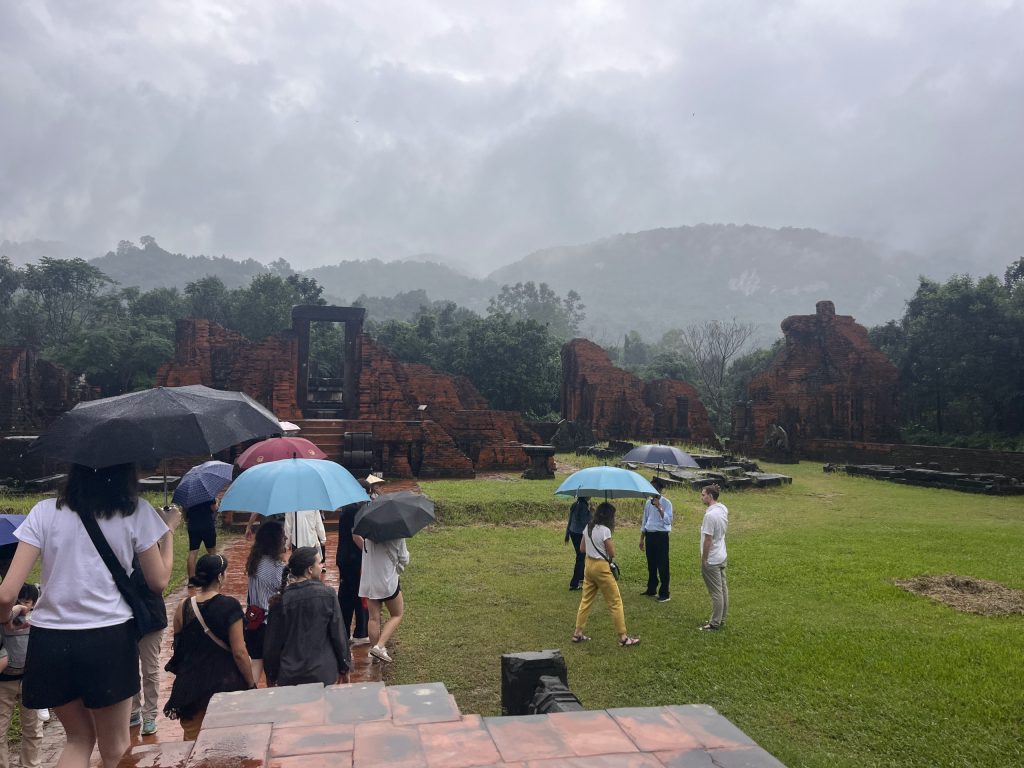
Following the visit to Mỹ Sơn, a small group of us went to see the Teh Dar show at the Lune Performing center. The show was an impressive collage of acrobatics and athleticism—non-stop backflips, juggling, and poses that would almost certainly leave my spine in pieces—safe to say my jaw remained planted on the floor throughout the experience. Afterward, we wandered down the vibrant streets of Hội An in search of a late dinner and a few last-minute Secret Santa gifts, and we ended the night with a peaceful boat ride down the Thu Bồn River.
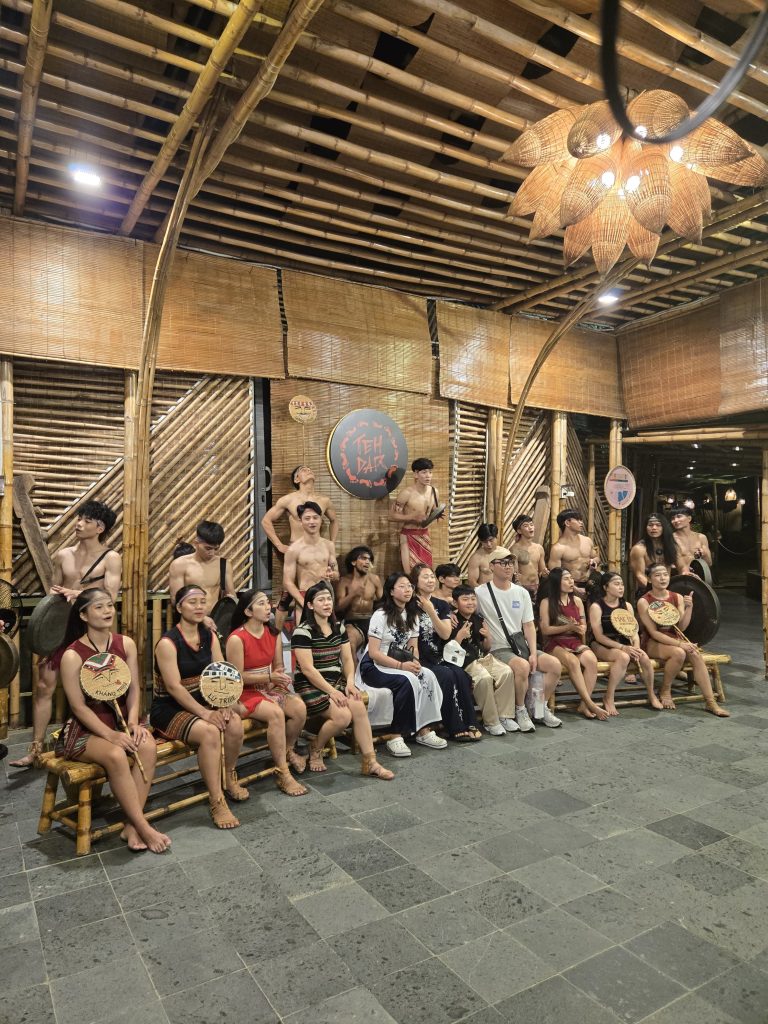
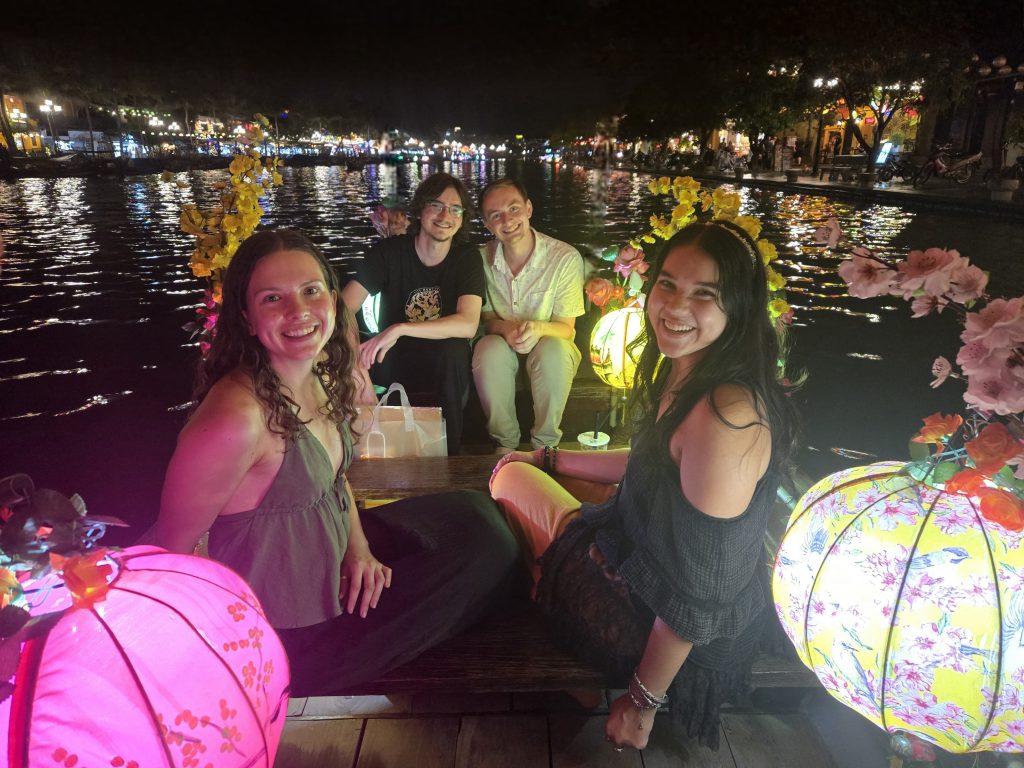
As the holidays approach and our journey comes to an end, I find myself appreciating the opportunities I’ve been granted throughout these past few months more and more each day. It seems like just yesterday I was waking up early to see the sunrise at ARC Retreat Center, and now I’m watching the sun set over the high-rises of Ho Chi Minh City. So thank you for following our journey, and thank you for taking the time to read my blog. Until next time.
Always,
Paul
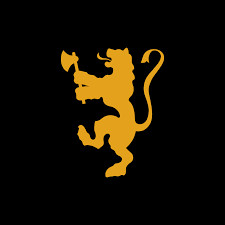
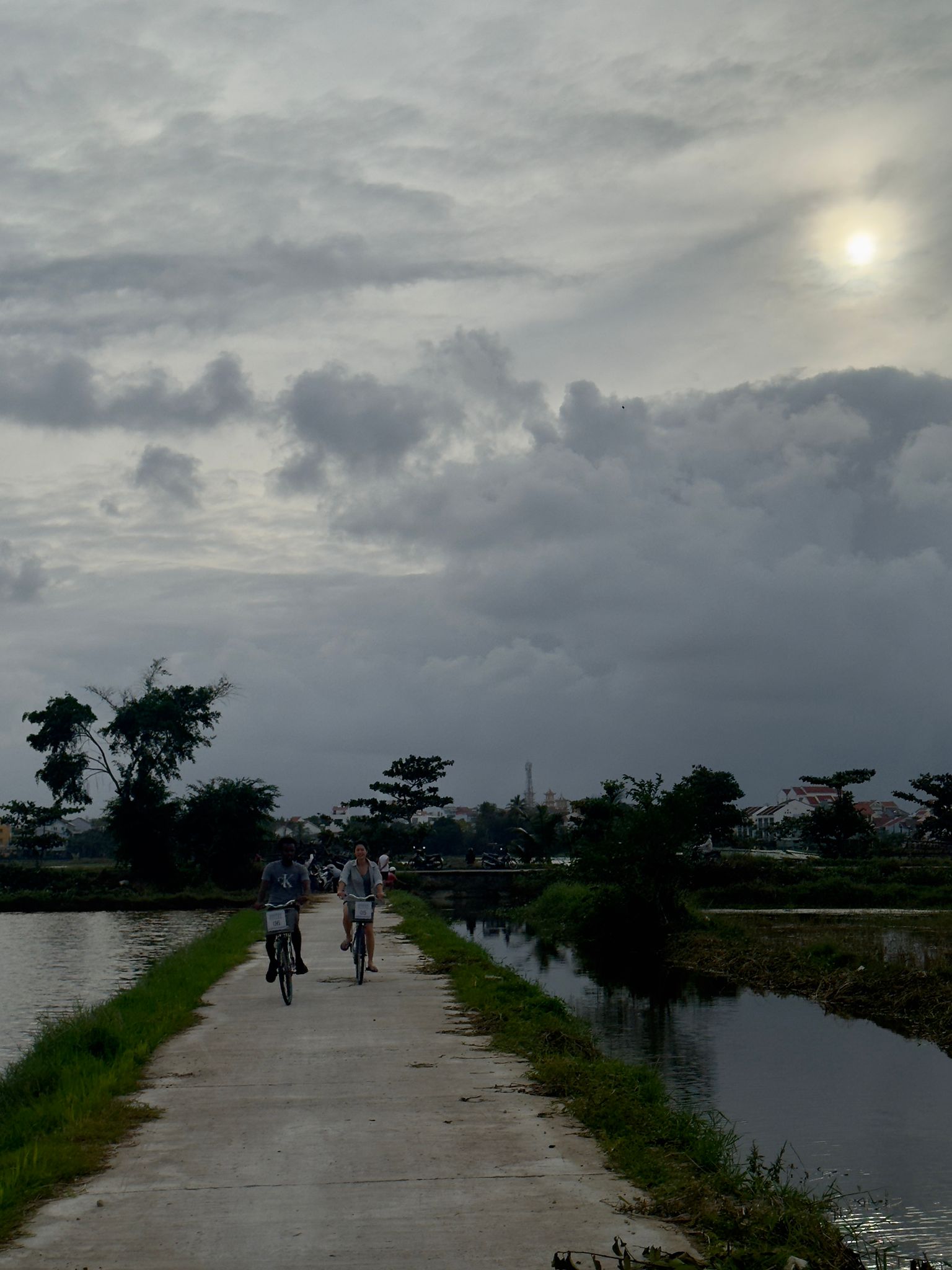
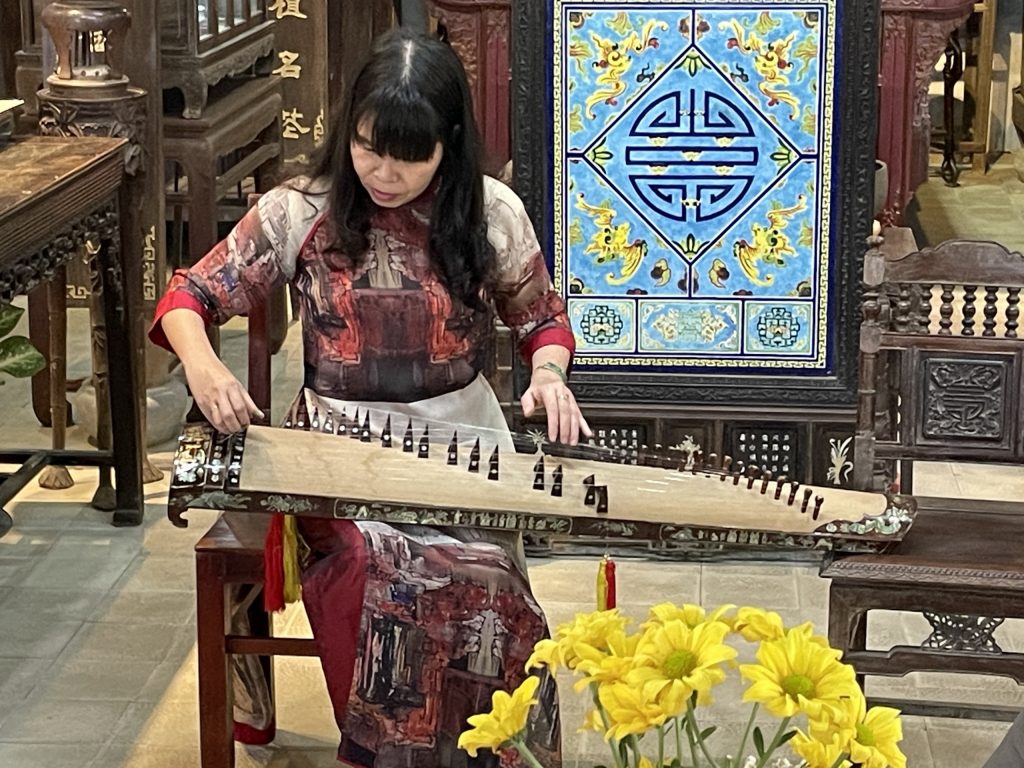
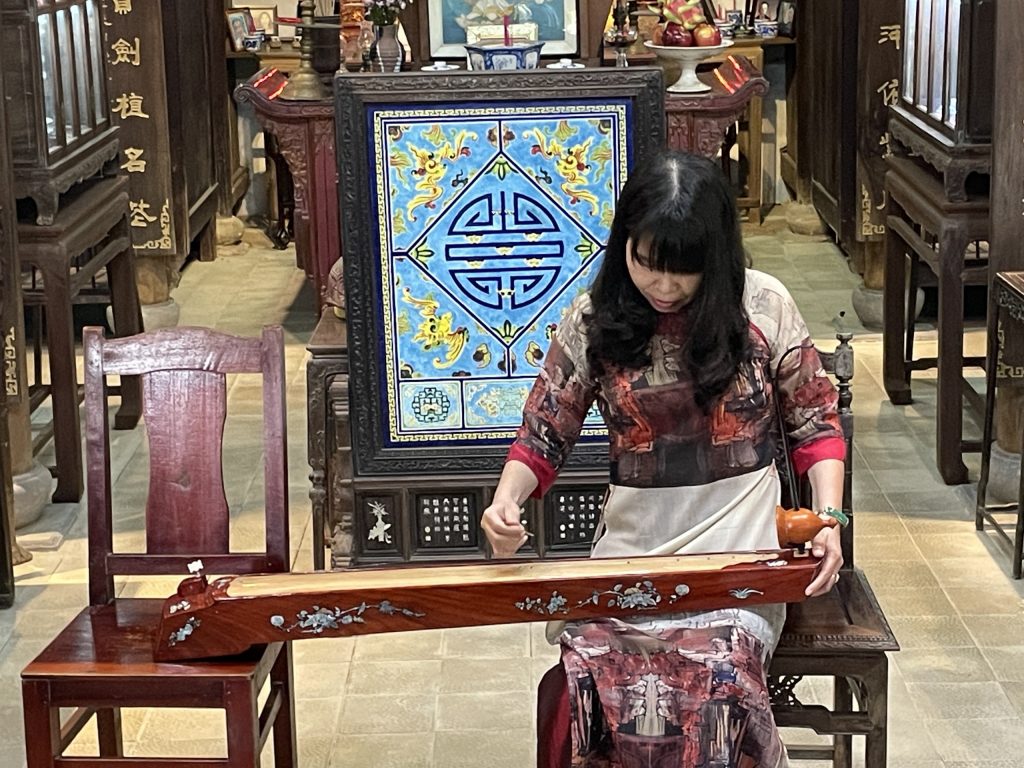
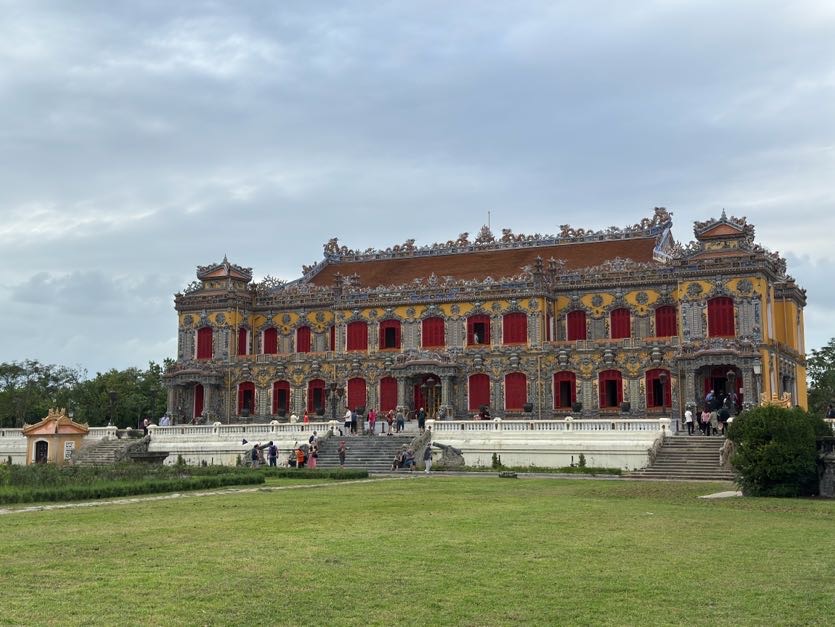
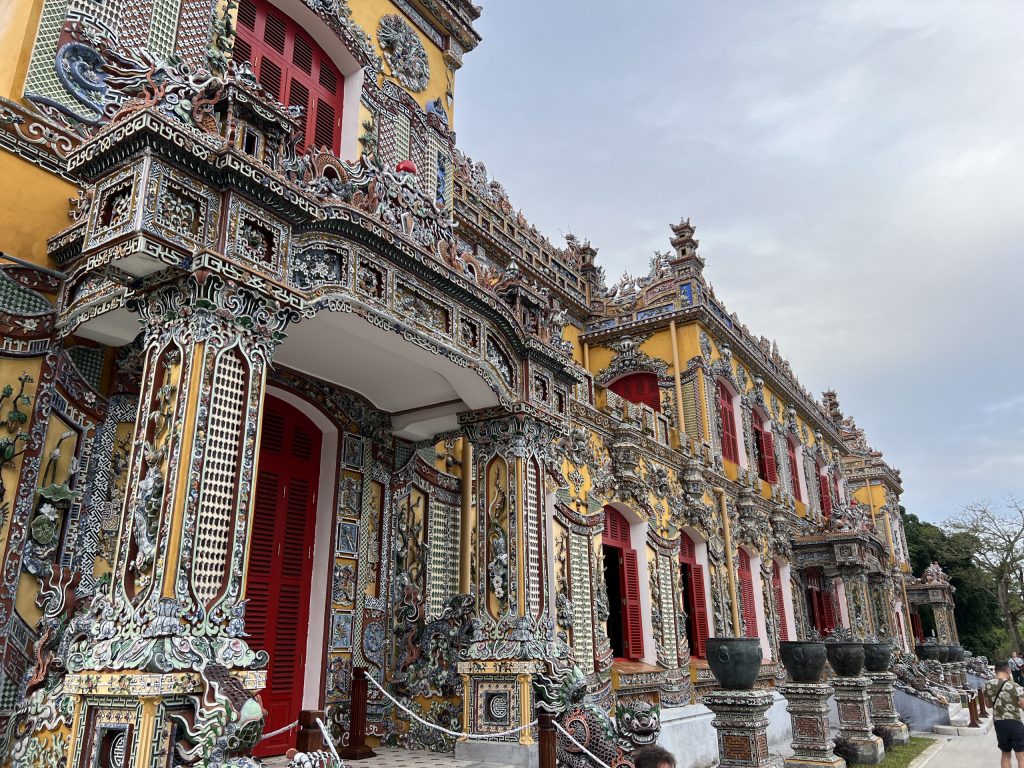
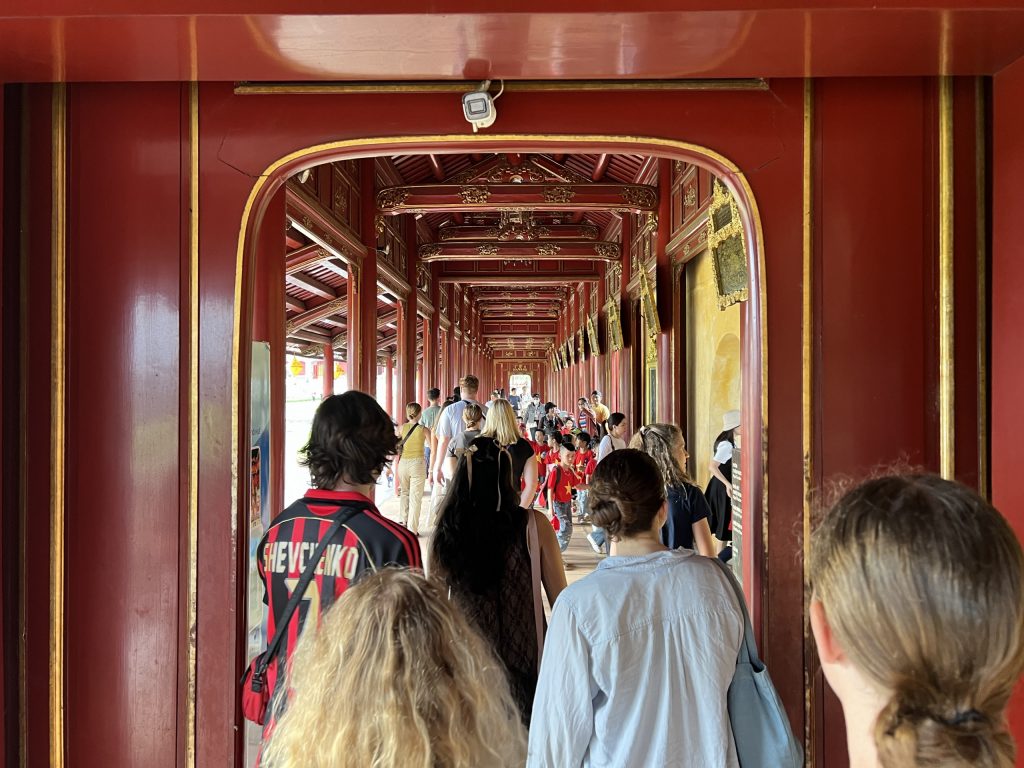
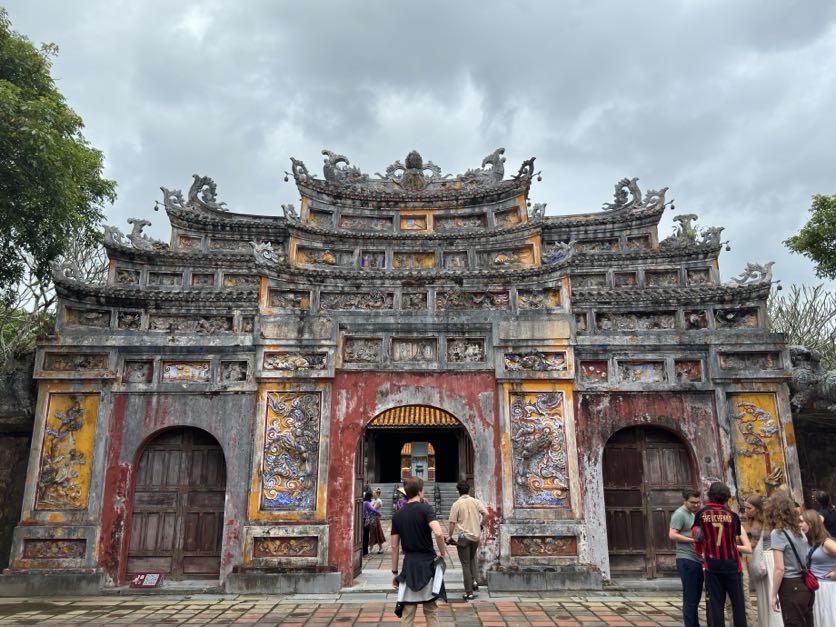
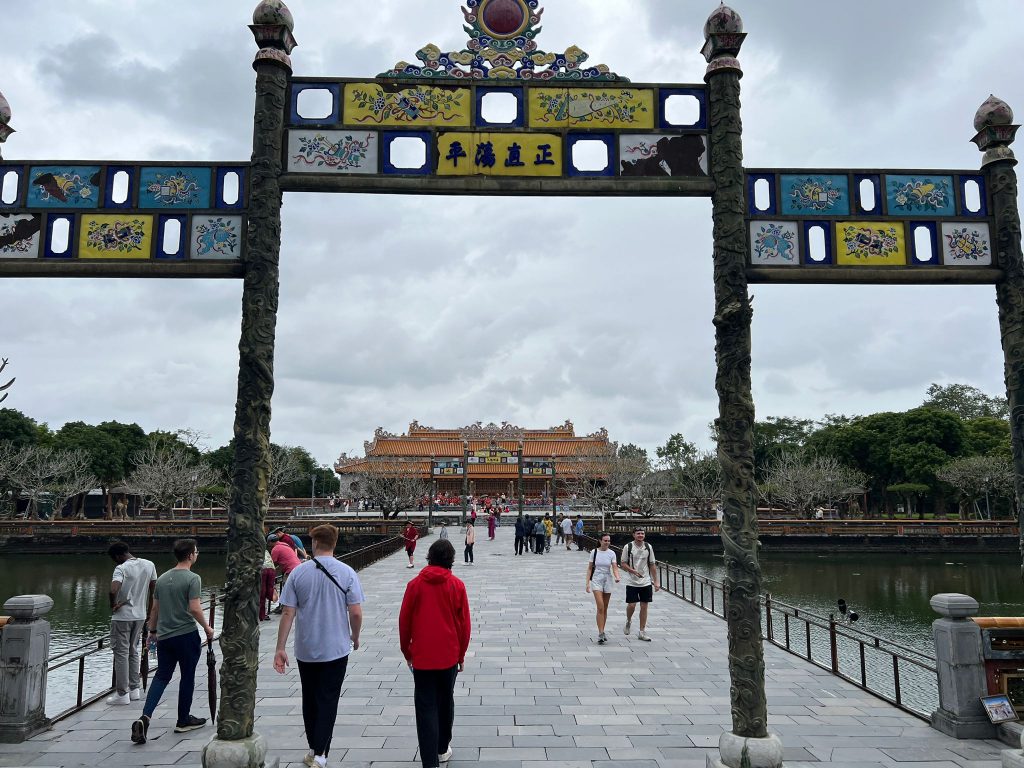
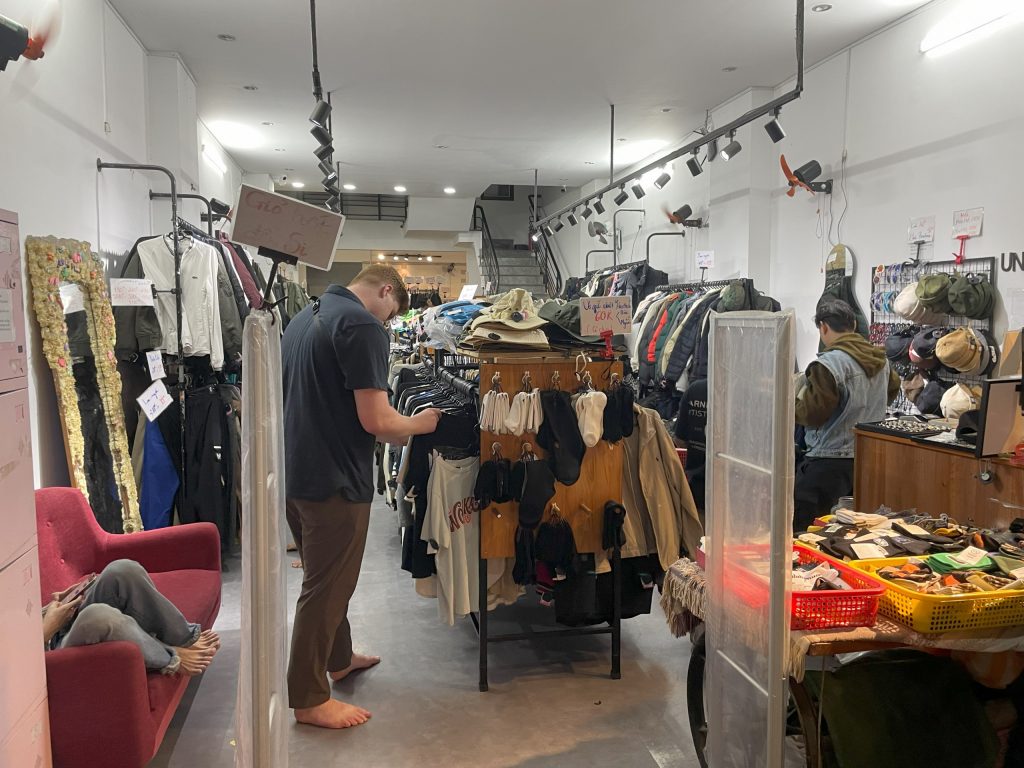
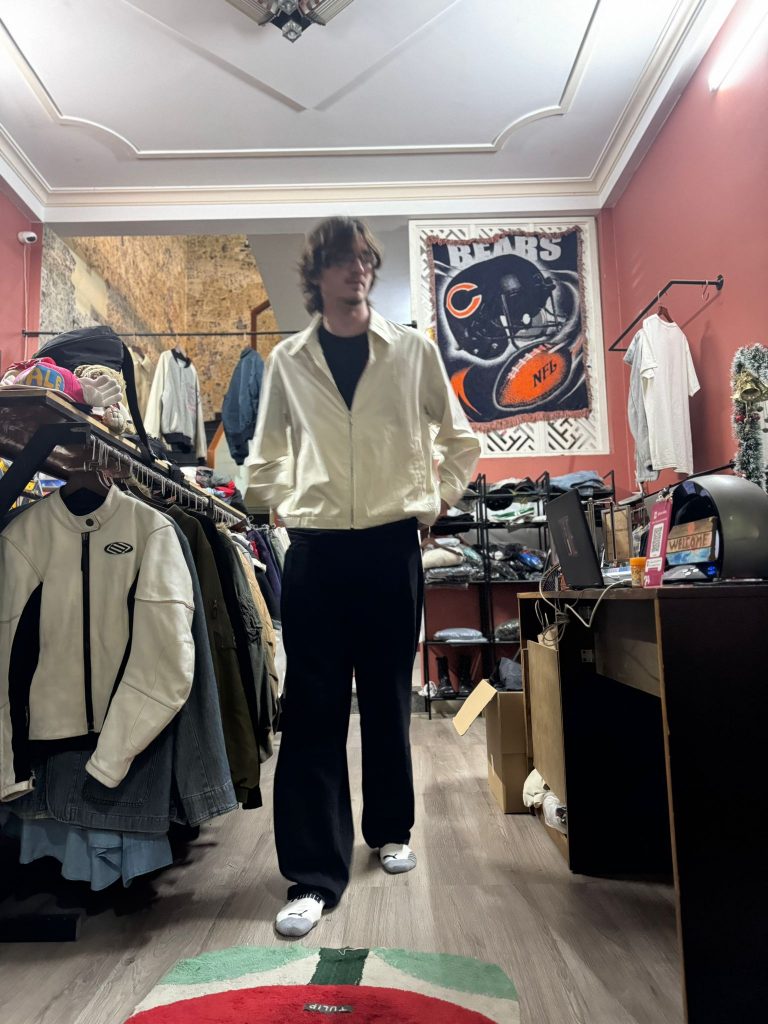
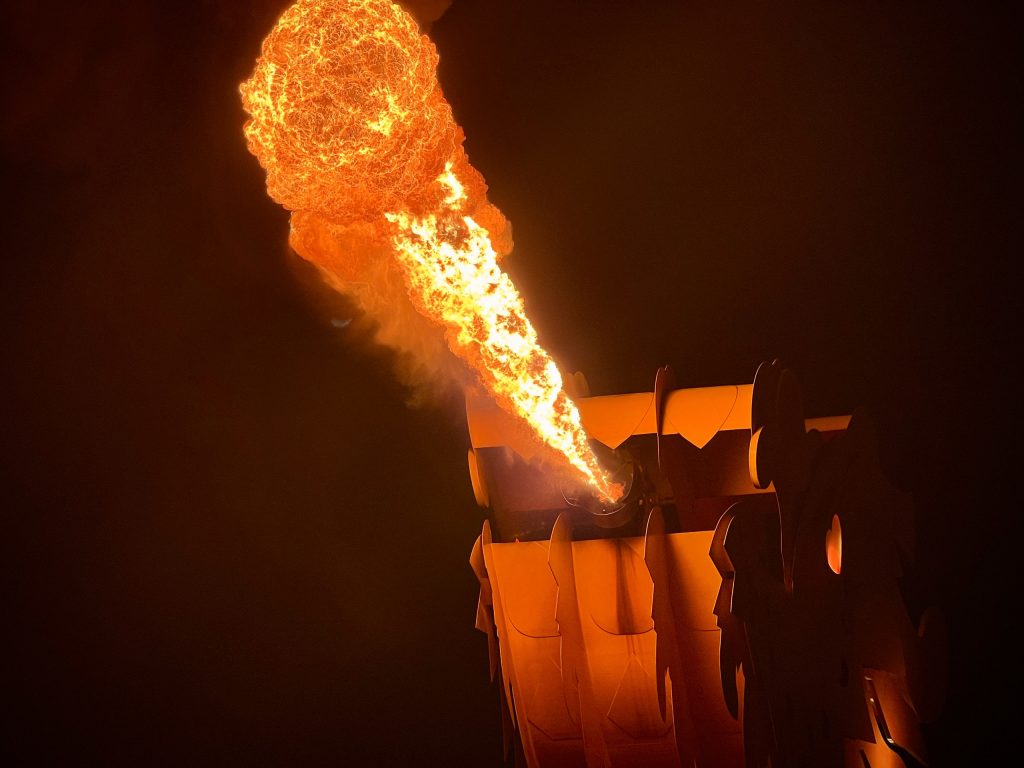
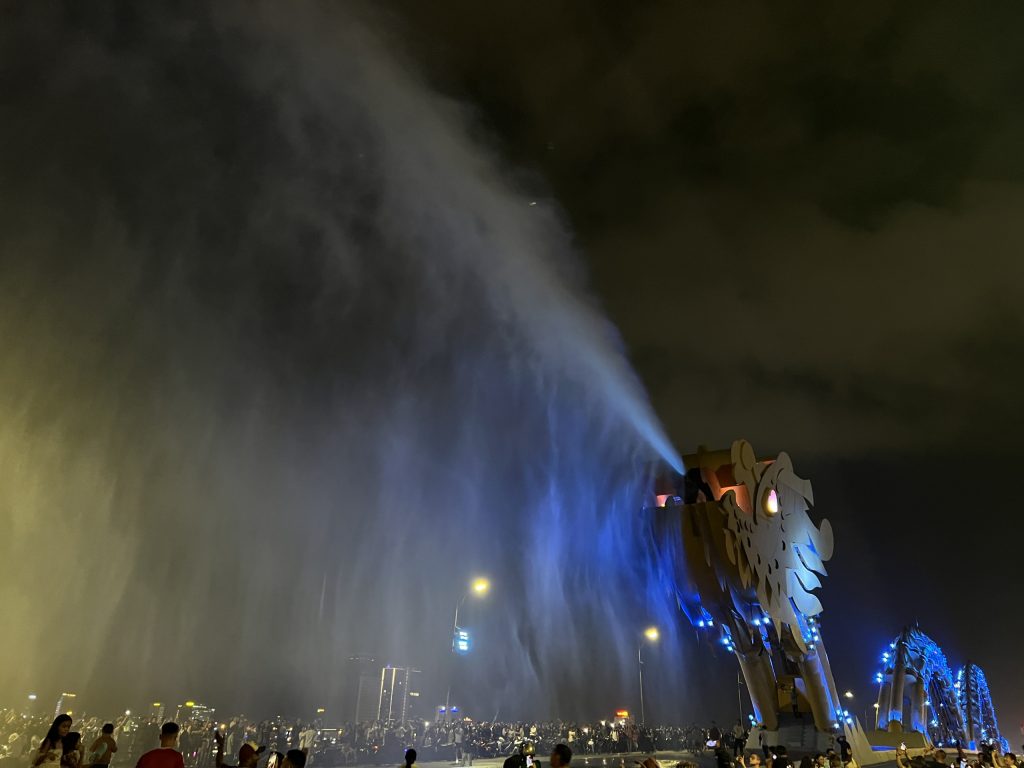
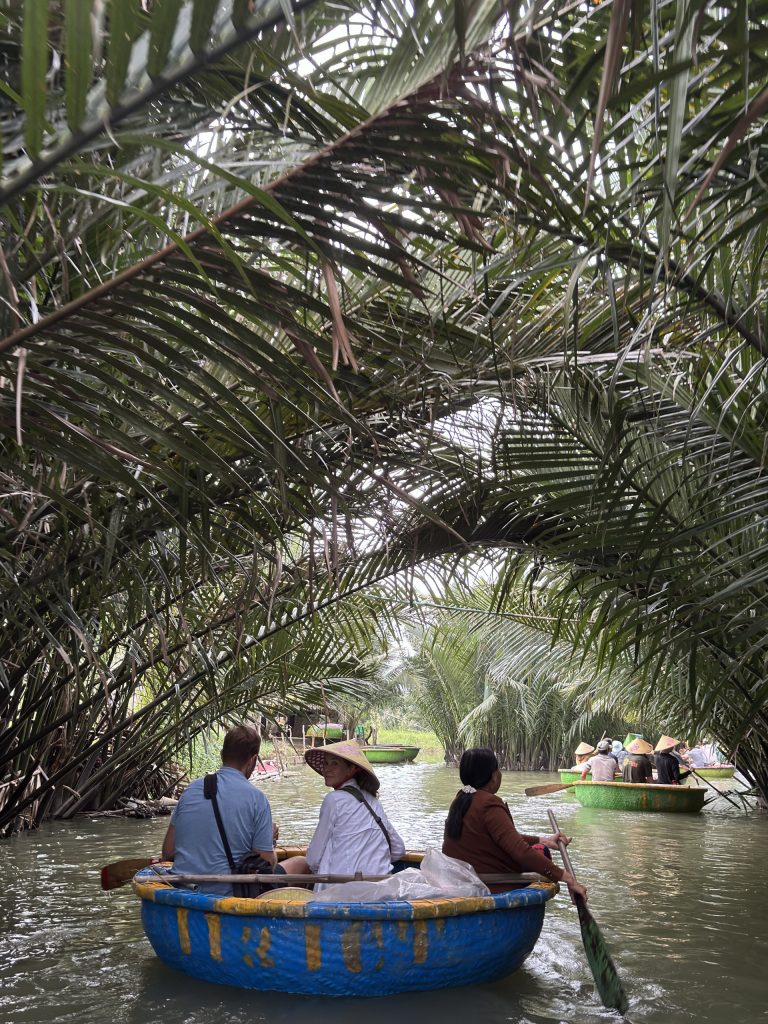
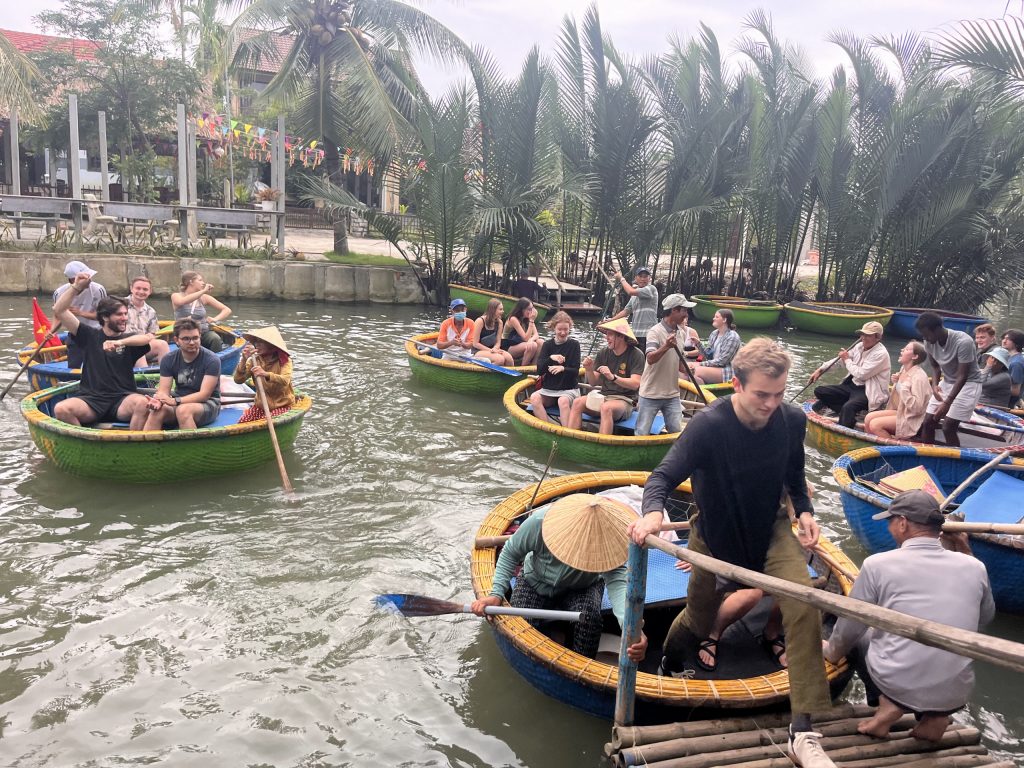
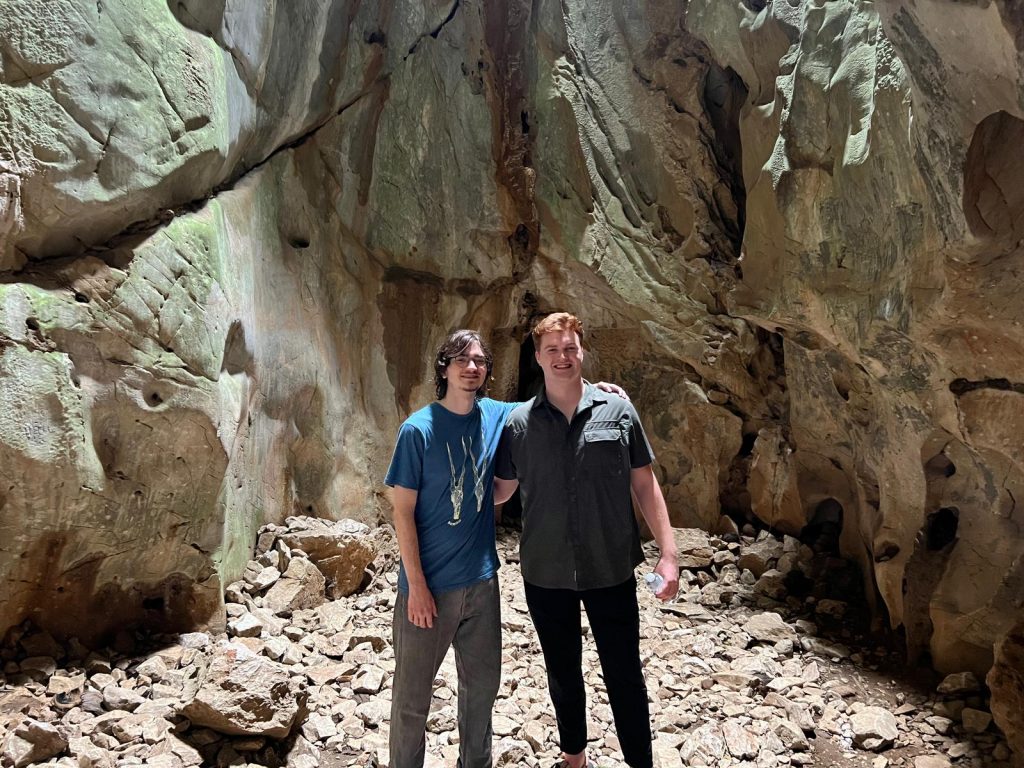
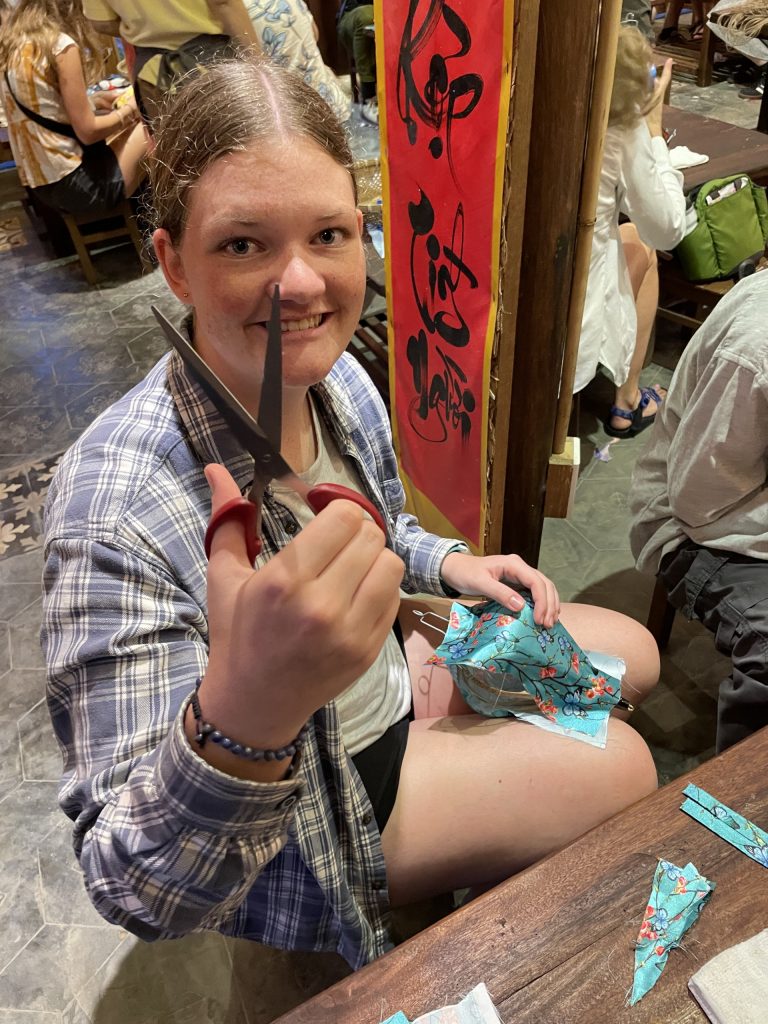
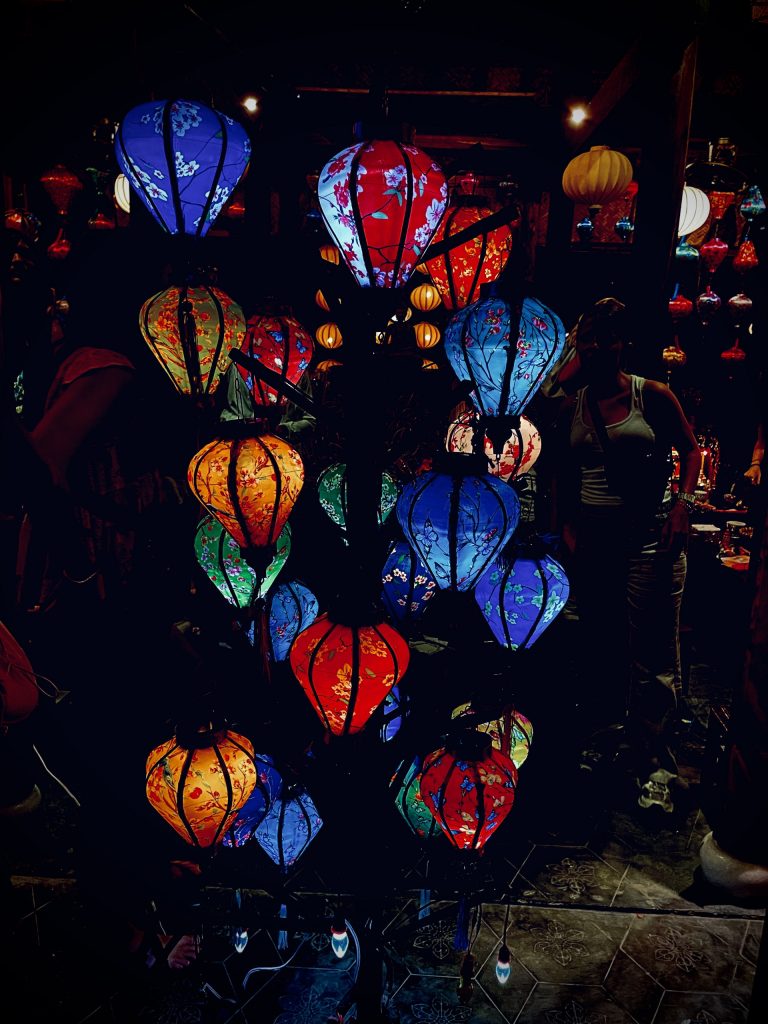
Leave a Reply